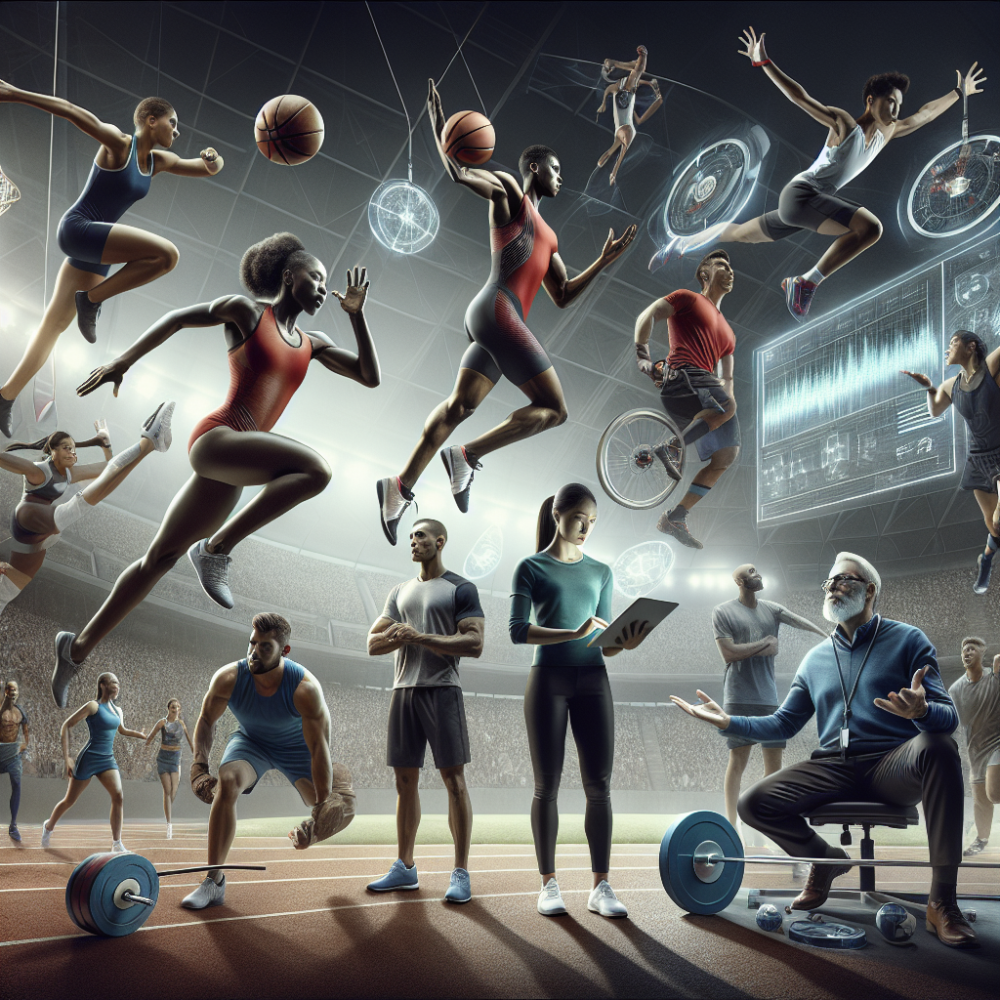In the realm of sports, the pursuit of excellence never ceases. Athletes and coaches are constantly on the lookout for innovative methods to push the boundaries of human performance. As technology advances, its integration into sports training programs is becoming more prevalent and transformative. Emerging technologies are not just enhancing how athletes train; they are revolutionizing the very nature of sports training, making it more efficient, precise, and personalized.
The Integration of Wearable Technology
One of the most significant advancements in sports training comes through the use of wearable technology. Devices like GPS trackers, heart rate monitors, and smart clothing are now common in many training regimes. These tools allow coaches and athletes to gather real-time data on athletic performance, including metrics such as heart rate, speed, and acceleration. This data is invaluable for designing training programs that are tailored to the individual needs of an athlete, optimizing their performance while minimizing the risk of injury.
Smart clothing, equipped with biometric sensors, goes a step further by providing insights into muscle activity and biomechanics. This technology enables a deeper understanding of how an athlete’s body functions during different activities, which can lead to more targeted interventions and quicker adjustments in training methods.
Virtual Reality and Augmented Reality: Enhancing Training Environments
Virtual Reality (VR) and Augmented Reality (AR) technologies are also making their way into sports training, offering immersive experiences that were previously impossible. VR, for instance, can simulate a high-stakes environment for athletes to practice their skills without the physical and psychological risks associated with real competition. This is particularly beneficial in sports like skiing or racing, where real-world practice can be dangerous and resource-intensive.
AR adds a layer of digital information to the physical world, enhancing the training environment. For example, AR can be used to overlay trajectories, target zones, or tactical information during training, which helps athletes understand and react to different scenarios more effectively.
Data Analytics and Machine Learning
The explosion of data analytics has touched every corner of society, including sports. Today, sports teams and athletes are leveraging big data to uncover insights that were previously obscured. Machine learning algorithms can analyze vast amounts of performance data to identify patterns and predict future outcomes. This can inform everything from daily training loads to game-day strategies.
Machine learning is also being used to prevent injuries. By analyzing data from wearable devices, AI can predict when an athlete is at risk of injury due to fatigue or overtraining, allowing for timely adjustments in their training schedule.
Genetic Testing and Personalized Training
Genetic testing is another frontier in personalized sports training. By understanding an athlete’s genetic predispositions, coaches can tailor training and nutrition programs that align with an athlete’s inherent strengths and weaknesses. For instance, genetic markers can indicate whether an athlete might excel in endurance sports or sprint events, or how they might respond to different types of injuries.
3D Motion Capture Systems
Finally, 3D motion capture systems are refining the way biomechanical data is collected and analyzed. These systems track the movements of athletes in three dimensions, providing a detailed analysis of their mechanics during motion. This technology is crucial for sports where technique is paramount, such as gymnastics or golf. By analyzing this data, coaches can make precise adjustments to an athlete’s technique, reducing the risk of injury and improving performance efficiency.
Conclusion
The landscape of sports training is undergoing a radical transformation thanks to emerging technologies. Wearable tech, VR/AR, data analytics, genetic testing, and 3D motion capture are just a few examples of how technology is being leveraged to enhance athletic performance. As these technologies continue to evolve and become more accessible, they promise to further elevate the capabilities of athletes and redefine the limits of human athletic performance. The future of sports training is not just about working harder but smarter, with a level of customization and precision that was unimaginable just a few decades ago.




